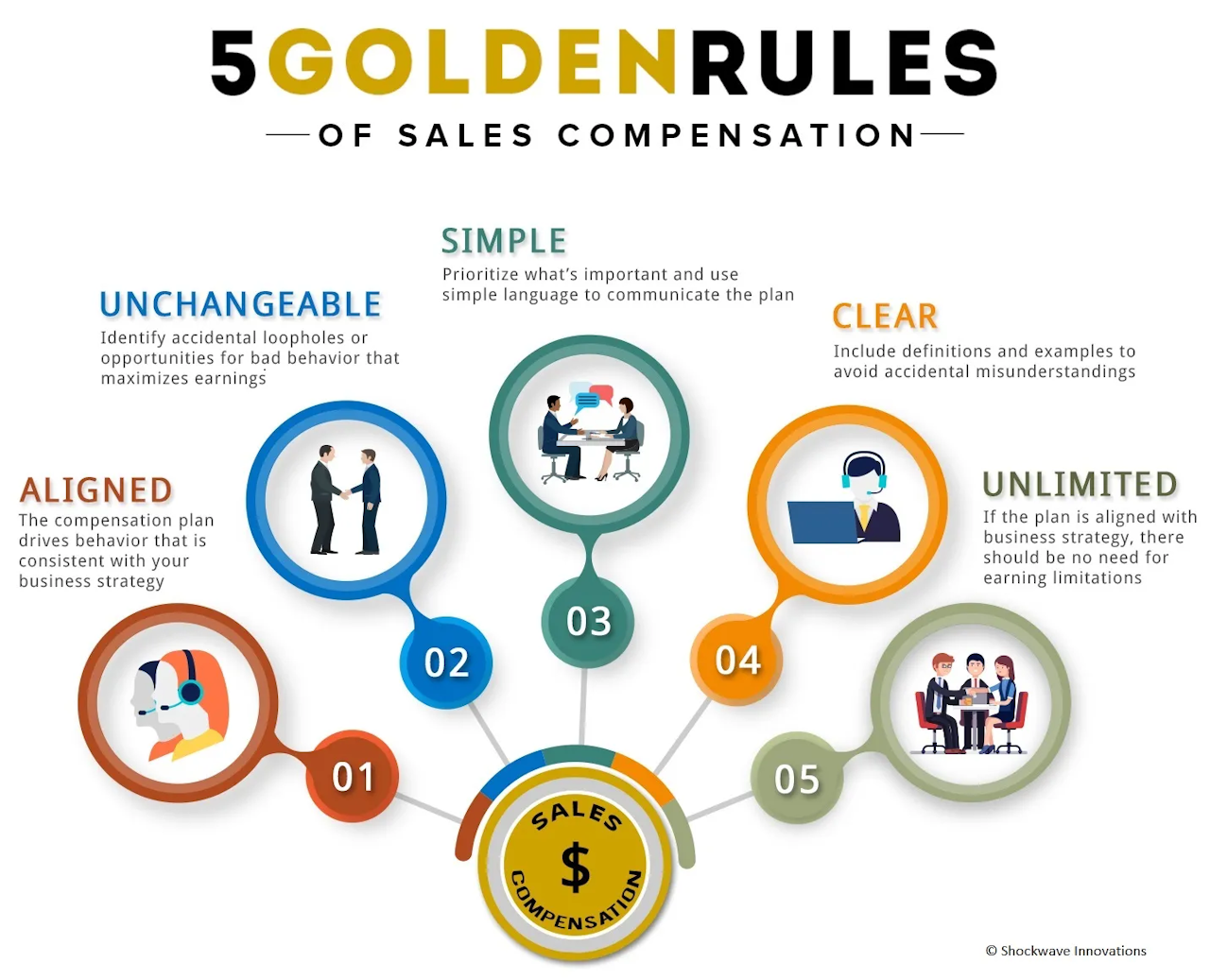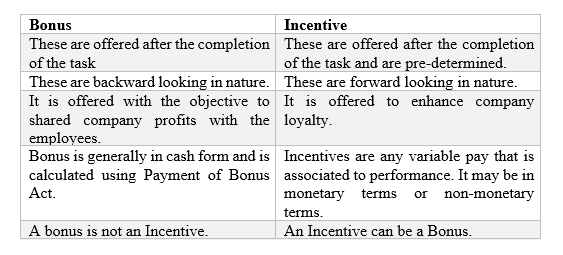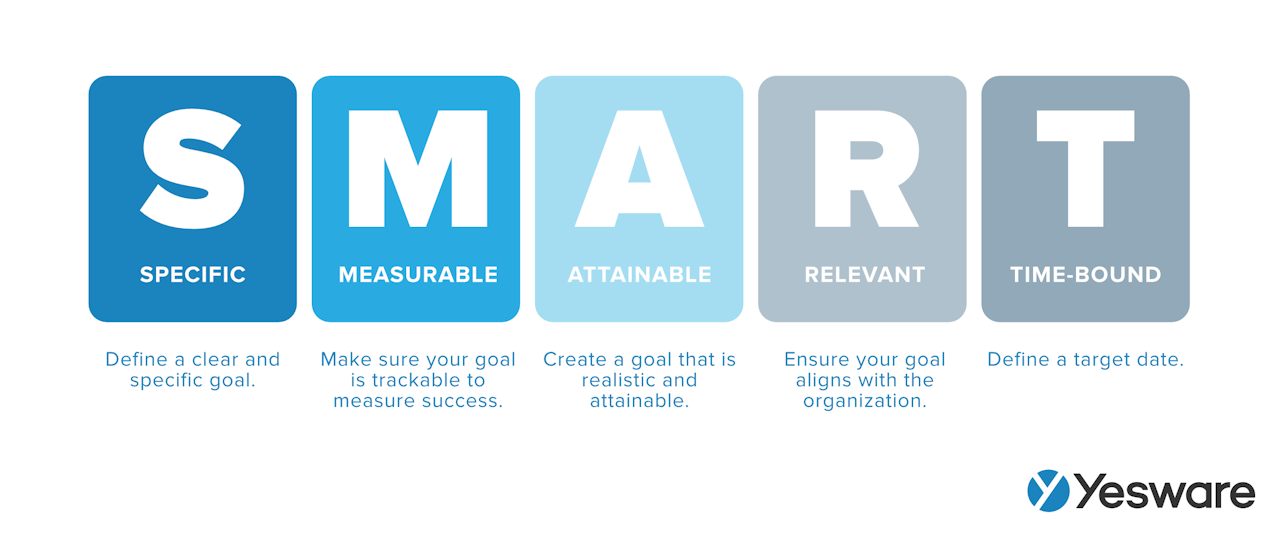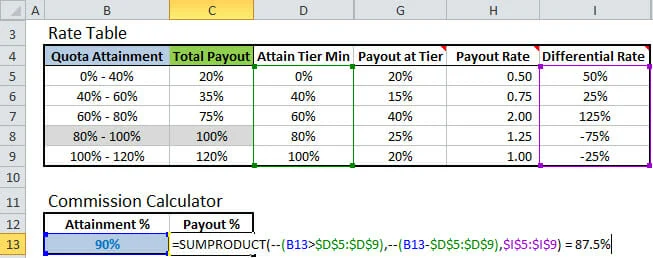Sales Compensation Plans: Everything You Need to Know
Casey O'Connor
A sales compensation plan outlines the amount of money each person on a sales team is paid per year.
Most sales compensation plans include a mix of base salary, commission, and sometimes additional bonuses.
In this article, we’ll go over everything you need to know about sales compensation plans, including what they are, what goes into them, how to create one, and some examples of different formats that could work for your team.
Here’s what we’ll cover:
- What Is a Sales Compensation Plan?
- Sales Compensation Factors
- How to Create a Sales Compensation Plan
- Sales Compensation Plan Examples
What Is a Sales Compensation Plan?
A sales compensation plan is the outline that spells out how much each person in your sales organization earns over a period of time, based on their sales performance.
Each sales compensation plan is unique, and its exact configuration will depend on the specific structure, sales process, and goals of the organization it serves.
In general, most sales compensation plans include any or some combination of the following components:
- Salary
- Commission
- Bonuses
Some sales compensation plans also include certain benefits, such as healthcare or travel.
Despite their differences, there are some basic rules of thumb that sales managers should follow when creating their sales compensation plans.

Sales compensation plans are important for attracting and retaining top-performing salespeople. They exist to add structure and set expectations around how, when, and why salespeople are compensated, and opportunities for advancement within the organization to earn more money.
When done right, sales compensation plans should be highly motivating to your sales team. There should be a balance of security, challenge, and lucrativeness that encourages salespeople to continuously challenge themselves to beat new and loftier goals.
Sales compensation plans can influence and incentivize your salespeople to focus on the sales activities that generate the highest bottom line for your company.
A detailed sales compensation plan also helps sales teams and C-suite executives create more accurate budgets and sales forecasts.
Sales Compensation Factors
As mentioned above, sales compensation plans are generally made up of three main factors: salary, commission, and bonuses.
Salary
A salary is a fixed amount of money paid to a salesperson before they meet their sales quota.
For some salespeople, salary is the only component of their compensation package. They receive the same amount of compensation per year, regardless of whether or not they meet their goals.
Commission
Many salespeople also earn a variable-rate component of their compensation, usually known as commission.
Commission payments vary based on a sales rep’s performance and/or experience level.
While some salespeople are paid on a commission-only basis, far more are paid both a salary and a commission.
Bonuses
Like commission, bonuses are an incentivizing way to reward your employees for their performance.
Bonuses are usually one-time payments that are paid out immediately after a certain accomplishment (as opposed to commission payments, which are usually paid according to a predetermined set of benchmarks).

Again, the exact combination of these factors that’s most likely to incentivize your employees is determined by a number of unique factors.
Most sales managers are surprised to learn, though, that money isn’t the only thing that motivates salespeople.
In fact, most sales reps are best motivated by a combination of creativity, autonomy, and security. The sales compensation plan you offer should provide a balance of all three.
How to Create a Sales Compensation Plan
Creating a detailed sales compensation plan is one of the first steps in creating a high-performing, low-turnover sales team.
In order for a sales compensation plan to be effective and fair, there should be one for each and every member of your team.
Factors that determine how each plan is designed include the person’s role at your company, their level of experience, and the kind of deals they generate for the organization.
You’ll also want to consider the following as you design the compensation plan:
- Your team’s and company’s budget resources
- The culture at your company
- How your competition compensates its teams
- Living costs in your area
Of course, the most important component to consider is your team’s goals. Sales compensation plans are most effective when they compensate team members for contributing to the bigger-picture goals of the sales team and company as a whole.
The following process will help you get started in designing a fair and incentivizing sales compensation plan for each member of your team.
Define Sales Roles
The first step in creating a sales compensation plan is to look at the make-up of your sales team.
How many people are on it? What are their roles? How does each member contribute according to their role, and at an individual level?
This step can get over-complicated in a hurry, so take care to keep it simple. In general, a three-tiered experience hierarchy is appropriate for most teams and can help outline differences in levels of experience that matter in a sales compensation plan.
- Entry-level (e.g., Jr. Sales Rep)
- Baseline (e.g., Sales Rep)
- Top performer (e.g., Sr. Sales Rep)
For the most detailed sales compensation plan — and one that shows employees exactly how to climb the ladder — make sure you include both roles and seniority level.
Determine Compensation Plan Goals
The next step in designing your compensation plan is to outline your team’s goals. The compensation plan should align directly with your goals; pay your employees for taking steps and celebrating achievements in meeting them.
Of course, these goals will vary widely by organization. Consider if any of the following targets or goals would be worthwhile for your team:
- Increase revenue
- Boost cash flow
- Increase average contract length
- Increase average deal size
- Decrease customer acquisition cost
- Increase upsells or cross-sells
- Increase retention or referrals
You might consider creating a SMART goal framework for each goal so that the objectives are clear and thorough. Your organization’s goals should be clearly outlined and easily accessible to your team, and your compensation plan — most importantly, the commission and bonus aspects of it — should incentivize salespeople to work specifically toward them.
Your organization’s goals should be clearly outlined and easily accessible to your team, and your compensation plan — most importantly, the commission and bonus aspects of it — should incentivize salespeople to work specifically toward them.
Choose a Type of Compensation Structure
Once you’ve created SMART goals for your team to work toward, it’s time to choose a compensation structure that’s most likely to drive your team to reach them efficiently.
We’ll look more carefully at a variety of compensation plan structures in the next section, but the plan should include a mix of salary, commission, and bonuses that are motivating and beneficial to your unique team.
Other factors that determine which plan your team should use include:
- Overall budget (including any changes to it that may be outlined in your sales forecast)
- Number of reps on your team and their experience level
- The way your competitors structure their plans
- The achievability of your plan compared to the resources available to your sales reps
It’s likely that, over time, your compensation plan structure will adapt and change with your business. That is to be expected, so don’t get hung up on the minute specifics of the first iteration of your plan.
The important part is to find a structure that aligns with your goals. Then, track its success and optimize as needed.
Of course, be sure to outline with your team when and how the compensation structure will be evaluated, and give them ample notice about how and when it will change, if that time comes. Transparency and fairness are both huge components of a successful sales compensation plan.
Decide When to Provide Compensation
One aspect of sales compensation plans that’s often overlooked or underestimated is the question of when to provide compensation.
There are several ways to approach this aspect of the contract. Employees may be paid:
- As soon as a customer signs a contract
- When the customer’s first payment is received
- Each time a customer pays
There are benefits and drawbacks to each of these approaches. Paying a sales rep as soon as they sign a new customer, for example, can be highly motivating for reps but can create cash flow issues if there’s a significant delay between closing the deal and the customer’s first payment.
The most common timeframe that companies use to distribute compensation is when the customer makes their first payment.
Set Quotas and Expectations for Compensation
Once the performance and financial aspects of the compensation plan are determined, it’s time to spell out the logistics.
Sales reps on your team need to know exactly what they need to do, and for what they’re responsible for, in order to earn money in your organization.
There are two general ways to go about this:
- Bottom-Up Approach: Using a bottom-up approach, consider the varying abilities of your team alongside the market potential. This will help determine on-target earnings (OTE). This approach needs to be re-evaluated consistently, especially in periods of high growth, and can be difficult to scale.
- Top-Down Approach: A top-down approach uses market data and revenue targets to determine how much your team needs to generate to meet their goals. This approach can make it challenging to figure out where kinks occur in the process, and how to solve them.
Regardless of the specifics of your sales compensation plan, remember to keep it simple, fair, and attainable for everyone on your team.
Sales Compensation Plan Examples
Following are several examples of the many ways in which you might structure your sales compensation plan.
There are several pros and cons to each type of plan. Remember that each can be adapted or combined with others to suit the needs of your particular organization.
Salary Only
A salary-only sales compensation plan pays salespeople a fixed base salary.
In this type of package, there is no consideration for commission or bonuses based on performance.
This type of compensation plan is uncommon because it’s not terribly motivating. There’s no incentive to work harder to reach certain goals because there’s no payout for reaching them.
On the other hand, a salary-only package makes for very easy accounting and can provide security and a low-pressure environment for reps that are still learning the ropes.
Salary + Commission
A compensation plan that includes salary and commission is the most common type of compensation plan for most sales teams. In fact, almost half of all sales organizations use this model.
In this compensation format, employees are paid a fixed annual base salary, plus additional compensation through commission when they reach certain achievements or goals.
The reason this type of plan is so popular is because it provides security to the sales rep with the base salary, in addition to a strong incentive to sell well and sell often. It’s known to attract eager and competitive sales talent to teams that offer it.
This type of plan is also generally easy to account for, despite its variability in terms of commission rates and schedules.
Commission Only
In a commission-only sales compensation model, sales reps are paid based solely on their performance. This model is less common, but not unpopular; about 25% of sales organizations use a commission-only sales compensation model.
It can be attractive to sales managers because it’s simple and straightforward. It also mitigates risk — sales reps only get paid when they bring in money for the company.
A commission-only plan can also be motivating to sales reps. It provides a lot of freedom and allows a highly-motivated rep to make as much income as they are willing to work for, with no cap.
That being said, these kinds of plans can prove challenging when it comes to making forecasts and budgets. They can also quickly become cost-prohibitive for teams that are successful and growing quickly.
Tiered Commission
In a tiered commission plan, sales reps are paid certain amounts based on specific benchmarks. Their commission rate has the potential to increase after they reach predetermined targets.

A tiered commission plan is also highly motivating for sales reps and rewards top-performers particularly well.
Gross Margin Commission
In a gross margin commission plan, sales reps are paid based on the amount of profit they bring in for the company (instead of the value of the sale).
This kind of plan discourages sales reps from offering discounts.
This commission structure works best for companies that are prioritizing revenue. It also requires organizations to be able to track gross margins for their sales.
Set Rate Commission
A set rate commission plan, also sometimes called an absolute commission plan, pays reps commission or bonuses after they reach specific milestones.
You might, for example, pay a sales rep a commission of $500 for each new customer they sign.
This is another straightforward, easy-to-understand plan for reps, and also represents a low-risk option for managers.
Relative Commission
A sales compensation plan that’s based on relative commission pays reps a predetermined amount — either a base salary plus commission or pure commission — when they reach a predetermined target.
Many sales reps on this type of compensation plan receive their payment when they hit quota, but other benchmarks may also be used.
Territory Volume Commission
A territory volume commission plan works well for teams that assign reps to clearly-defined regions or territories.
Sales reps are paid on a territory-wide basis, rather than by individual performance.
After the compensation timeframe is complete, sales managers tally the total sales for each region and divide the compensation among all of the reps who worked there.
Teams that offer this plan should have well-developed and lucrative territories to offer their reps, in addition to a lucrative commission rate.
Conclusion
Does your team have a structured compensation plan? Are your employees aware of how and when they get paid, and how they can work to climb the ladder at your team?
Take some time in the near future to hold up your current compensation plan against your sales goals, and see how they compare.
Make any tweaks necessary that will encourage your sales reps to work toward your current goals.
Get sales tips and strategies delivered straight to your inbox.
Yesware will help you generate more sales right from your inbox. Try our Outlook add-on or Gmail Chrome extension for free, forever!
Related Articles
Casey O'Connor
Casey O'Connor
Anya Vitko
Sales, deal management, and communication tips for your inbox

